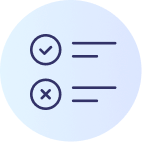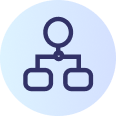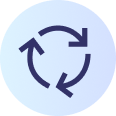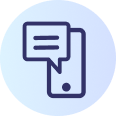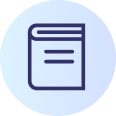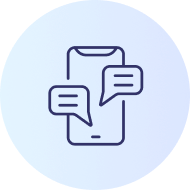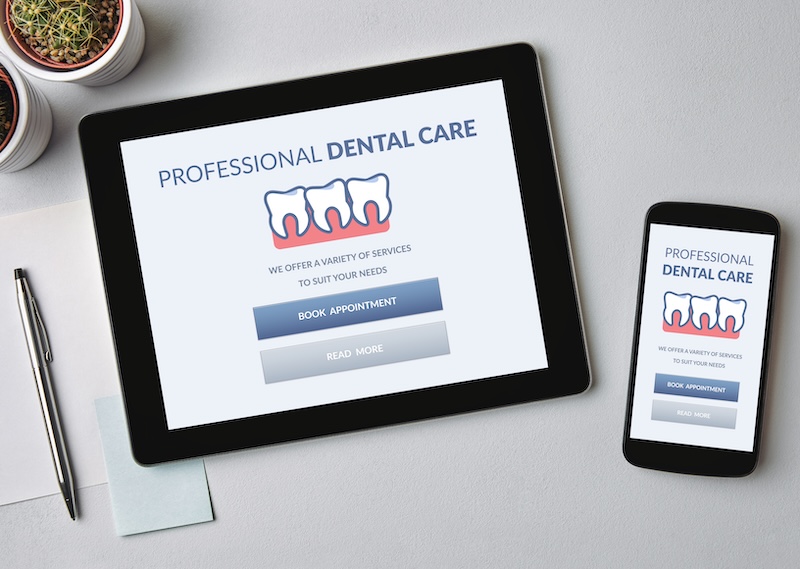How do you measure the success of AI?
For an artificial intelligence-led platform that handles conversations on behalf of the business that engages it, two questions need to be at the forefront:
- How successfully is the AI handling the request, or set of requests coming in from multiple fronts: phone call, web chat and such
- How successfully is the AI handling the actual conversation?
Some requests and conversations can be entirely straightforward: Caller A wants to schedule an appointment for a time slot X, which is available. The system books it for them. Instant service and success.
In other words: How successfully was the AI able to drive the conversation to the desired outcome, given the ready availability of the desired time slot.
Others can be trickier: Caller B wants to schedule an appointment for a time slot Y, which is not available. The system has to engage with them to figure out and provide suitable alternatives. The goal of the conversation would be to deliver the desired outcome, i.e., getting the customer to the point where they know that they got what they “could have asked for,” but here, the AI is the one nudging them in the right direction.
In other words, how successfully is AI able to navigate from something the customer wanted to being able to deliver it for them (or presenting them with a suitable alternative).
How the AI experts quantify value
As an AI-led company, these are two metrics we track very closely:
- Revenue as attributed to something schedule bound, i.e., booking request conversion. How often was TrueLark successfully able to achieve that for them, factoring out the incoming conversations that are related to something else.
- Is the service successfully able to maintain that level of performance?
Sometimes customers don’t track the intent-to-conversion metric very closely, although it is an important one. Sometimes there isn’t even an established baseline. Even the most sophisticated tools do not track these figures.
Logging in the data and computing the handle rate vs. the costs is difficult to do manually when different systems (and people!) at various checkpoints are at play: phone calls, messaging tools, someone responding to a call and adding the appointment to a calendar, etc. In addition, the processes of driving marketing leads, collecting traffic, and computing revenue-based outcomes most likely involve different people.
It is essential to consistently collect and collate data from all sources to get the most accurate picture of conversion rates. Only then can the company figure out where the funnel has a leak and address it. Any manual process to bring all booking data into one spreadsheet is cumbersome and bound to fail or give way to more time-critical tasks. Being an automated system, TrueLark helps set a baseline and achieve a more accurate conversion ratio.
How to increase lead conversion
We find that TrueLark’s Lead Engage converts at a higher rate on inbound calls than the alternative, even for the most sophisticated customer with a functioning call center. Call centers typically distribute similar volumes of calls among the same set of people day in and day out, not counting for the high churn rate (incidentally, something else that can be mitigated thanks to AI). 58% of booking intents were converted into bookings at the call center, whereas TrueLark booking conversion hit 70%. When measured across several weeks, TrueLark delivered higher and more consistent conversion metrics. With our AI solution, value is generated consistently and sustainably. Schedule a demo to learn more.


